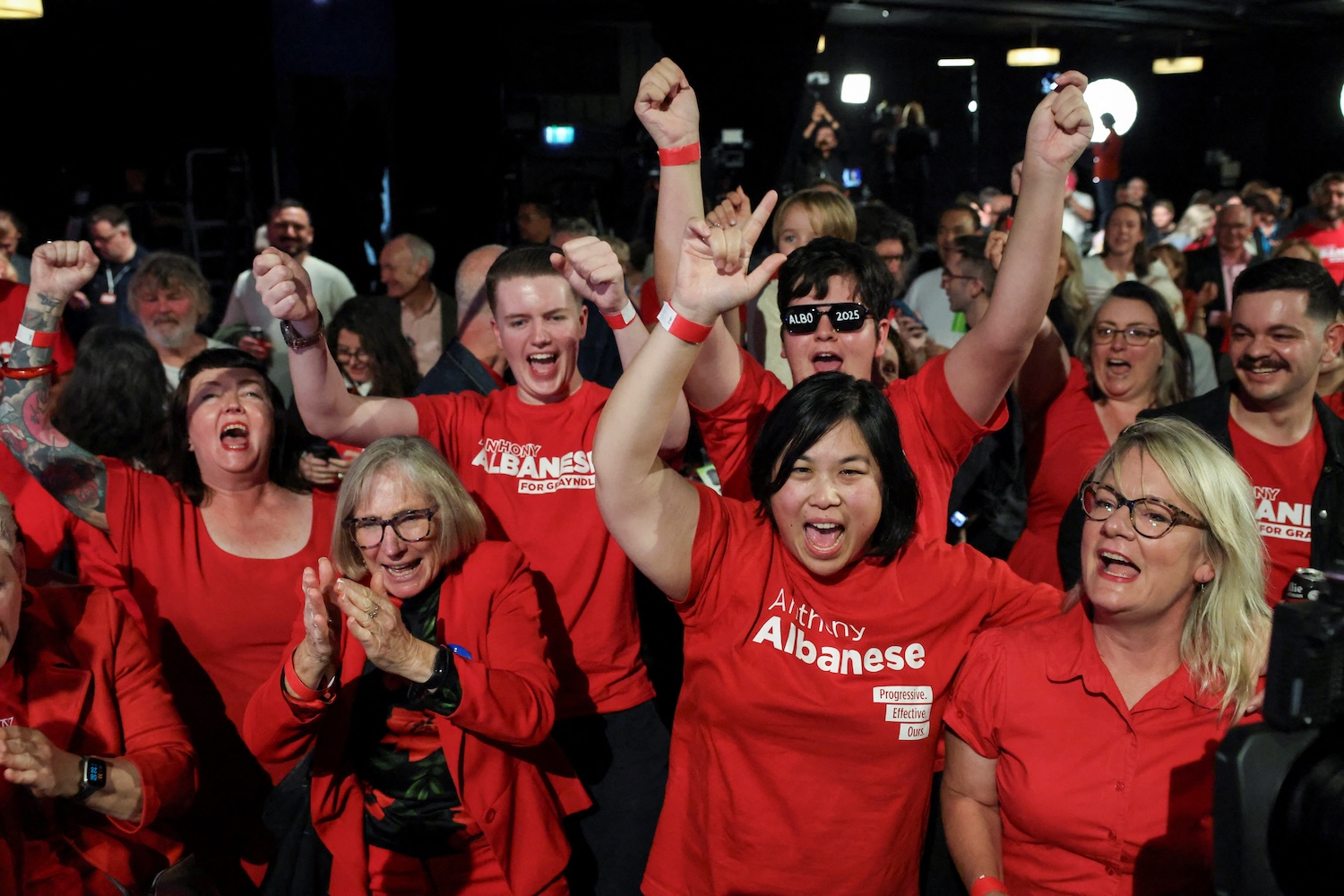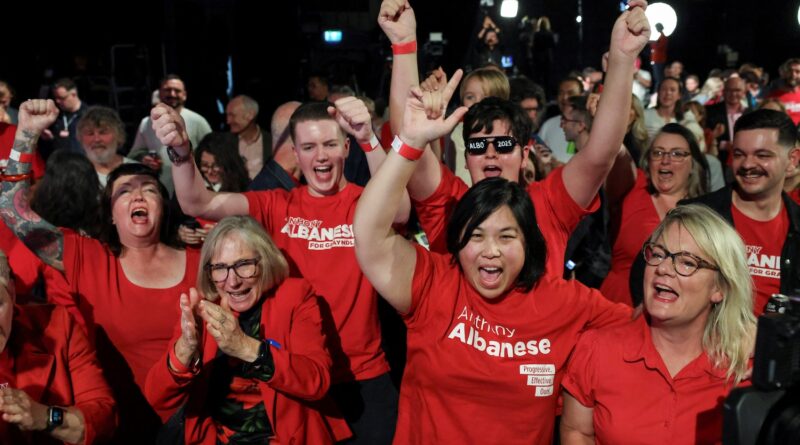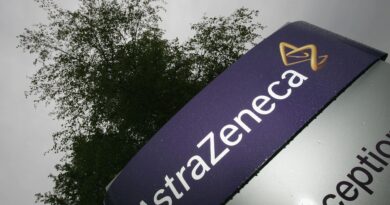Labor victory projected in Australia
Cost-of-living and Trump policies were key voter issues

SYDNEY – Australian Prime Minister Anthony Albanese was projected to be re-elected on Saturday, becoming the first leader in 21 years to win back-to-back elections in the country.
Albanese will enter his second term as a Labor hero after leading his party to successive victories, according to projections by Australian Broadcasting Corp.
The broadcasters Sky News Australia and Seven projected that the conservative Liberal-National coalition could not form a government, based on early counting.
There is no indication at this stage whether Albanese can form a majority government or need to rely on minor parties and independents.
Albanese ran an almost faultless campaign against opposition leader Peter Dutton, turning around polls at the start of the year that had suggested he was headed for defeat.
Liberal Party leader Dutton, a former policeman with a reputation for being tough on crime and immigration, was projected to lose his seat. Dutton had been dogged by his perceived ideological closeness to US President Donald Trump throughout the campaign.
The centre-left Labor government had struggled during its first term with headwinds such as sticky inflation, high interest rates and a housing crunch that risked a voter backlash.
Cost-of-living pressures and concerns about Trump’s volatile policies had been among the top issues on voters’ minds.
Defence Minister Richard Marles told the broadcaster Seven that early results were encouraging and Labor regaining majority government “remains a possibility and it is what we are trying to achieve”.
Polls closed at 6pm local time in Australia’s most populous eastern time zone while voting in Western Australia, home to the city of Perth, closed two hours later.
Opinion polls had shown Labor ahead, after trailing in the polls as recently as February to Dutton’s conservative coalition.
As counting got under way, Treasurer Jim Chalmers said the Labor government had been “in all sorts of trouble” at the end of 2024 but got back into the contest because of Albanese’s strong campaign performance, policies that addressed concerns about the cost of living, and the Trump effect.
“The economy became a positive from a negative. The interest rate cut was part of the story,” he told the Australian Broadcasting Corporation.
The central bank cut rates in February, on the eve of the election being called, reversing course after 13 interest rate rises that had ratcheted up home mortgage repayments for households.
“The sense of the influence of American politics” had also helped, he added.
Opposition Liberal Party spokesman, Senator James Paterson, defended the conservative campaign, which he also said was negatively affected by “the Trump factor”.
“It was devastating in Canada for the conservatives … I think it has been a factor here, just how big a factor will be determined in a few hours’ time,” he told ABC.
The expected bounce in the centre-left Labor Party’s fortunes mirrors that of Canada’s Liberal Party, which returned to power this week in a come-from-behind victory after Trump’s tariffs and remarks on Canadian sovereignty sparked a backlash from voters.
Preferences among supporters of Australia’s minor parties and independents could be crucial under the country’s ranked-choice voting system.
In the 2022 election, the primary vote split nearly equally among Labor, the Liberal-Nationals, and “others”. Analysts predicted a third of voters would again opt for independents and minor parties in Saturday’s election.
Source – Bangkok News




